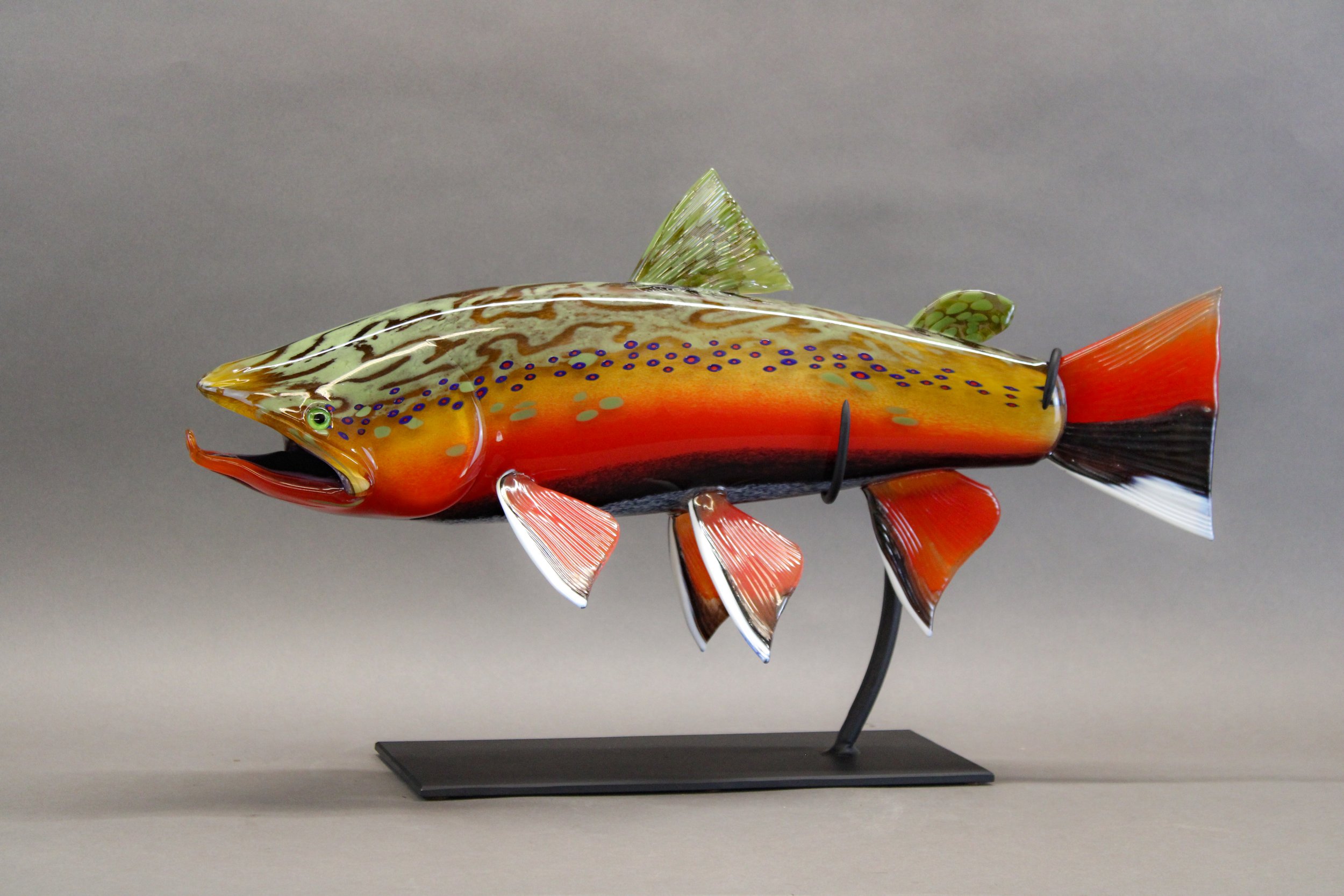LEAD TIMES: All pieces are made to order, and lead times average about 3 weeks. If this is a gift or needed by a certain date, make sure to plan about a month ahead.
DISPLAY STAND: Each piece comes with a custom steel tabletop stand, specifically fit to your piece. Wall brackets are available as a replacement on request.
